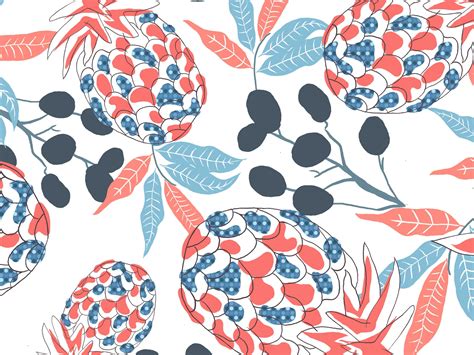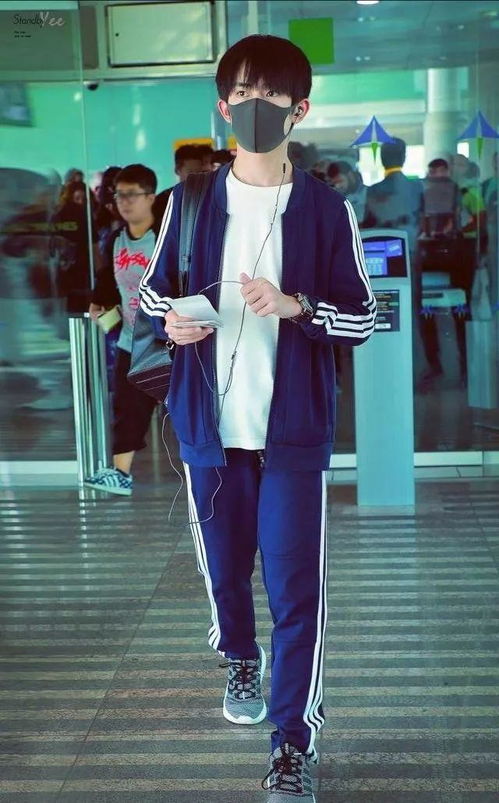Title: Understanding Apparel Printing Dimensions
In the realm of fashion, printing dimensions play a crucial role in determining the aesthetics and appeal of apparel. From graphic tees to intricate patterns on dresses, understanding the nuances of printing dimensions is essential for designers, manufacturers, and consumers alike. Let's delve into the intricacies of apparel printing dimensions and explore some guiding principles.
1. Graphic Size and Placement:
When designing apparel, the size and placement of graphics are pivotal. Graphics that are too small might not be noticeable, while oversized graphics can overwhelm the garment. Here are some considerations:
Proportional Scaling:
Ensure that the graphic scales proportionally with the size of the garment. A design that looks great on a small tee might need adjustments for a larger size.
Placement:
Consider the garment's anatomy for optimal placement. Graphics placed too high or too low can appear awkward when worn. Chest, back, and sleeve areas are common placement areas.
Mockups and Samples:
Always create mockups or samples to visualize how the design will appear on the actual garment. This allows for adjustments before mass production. 2. Resolution and Detail:
The resolution of the print directly impacts its clarity and detail. Lowresolution prints can appear blurry or pixelated, diminishing the overall quality. Key points to remember:
DPI (Dots Per Inch):
Higher DPI results in sharper prints. For detailed designs, opt for a higher DPI to capture intricate elements accurately.
Vector vs. Raster Graphics:
Vector graphics maintain crispness regardless of size, making them ideal for apparel printing. Raster graphics, such as photographs, require higher resolutions for clarity.
Textile Considerations:
Different textiles may require adjustments in resolution to ensure optimal print quality. Experimentation and testing are essential to achieve desired results. 3. Color Management:

Color is a vital component of apparel design, and proper color management ensures consistency across prints. Here's what you need to know:
Color Profiles:
Use standardized color profiles (such as CMYK for print) to maintain consistency between design software and printing equipment.
Color Variations:
Understand that colors may appear differently on screen compared to the final printed product due to variations in monitors and printing processes.
Color Testing:
Conduct color tests on the actual fabric to ensure accuracy before fullscale production. This helps identify any discrepancies early on. 4. Sizing Guidelines:
To cater to diverse body types and preferences, offering a range of sizes is imperative. Here are some sizing guidelines to consider:
Size Charts:
Develop comprehensive size charts that account for various body measurements, including chest width, length, sleeve length, etc.
Fit Testing:
Conduct fit tests with individuals representing different body types to ensure that each size fits comfortably and flatters the wearer.
Feedback Loop:
Encourage feedback from consumers regarding sizing issues and preferences. This enables continuous improvement and better meets customer needs. 5. Regulatory Compliance:
Adhering to regulatory standards ensures product safety and legality. Stay informed about regulations concerning apparel printing, including:
Chemical Restrictions:
Certain chemicals used in printing processes may be restricted due to health or environmental concerns. Ensure compliance with relevant regulations.
Labeling Requirements:
Familiarize yourself with labeling requirements regarding care instructions, fabric composition, and country of origin. Noncompliance can lead to legal repercussions.
Environmental Considerations:
Embrace ecofriendly printing practices to minimize environmental impact and meet sustainability goals.In conclusion, mastering apparel printing dimensions requires attention to detail, creativity, and adherence to industry standards. By considering graphic size and placement, resolution and detail, color management, sizing guidelines, and regulatory compliance, fashion professionals can create garments that captivate consumers while ensuring quality and integrity throughout the production process.
Remember, each garment tells a story, and impeccable printing dimensions are essential for bringing that story to life in vibrant hues and striking designs.
I've provided a comprehensive guide to apparel printing dimensions, covering key aspects essential for professionals in the fashion industry. Let me know if you need further details on any specific topic!











